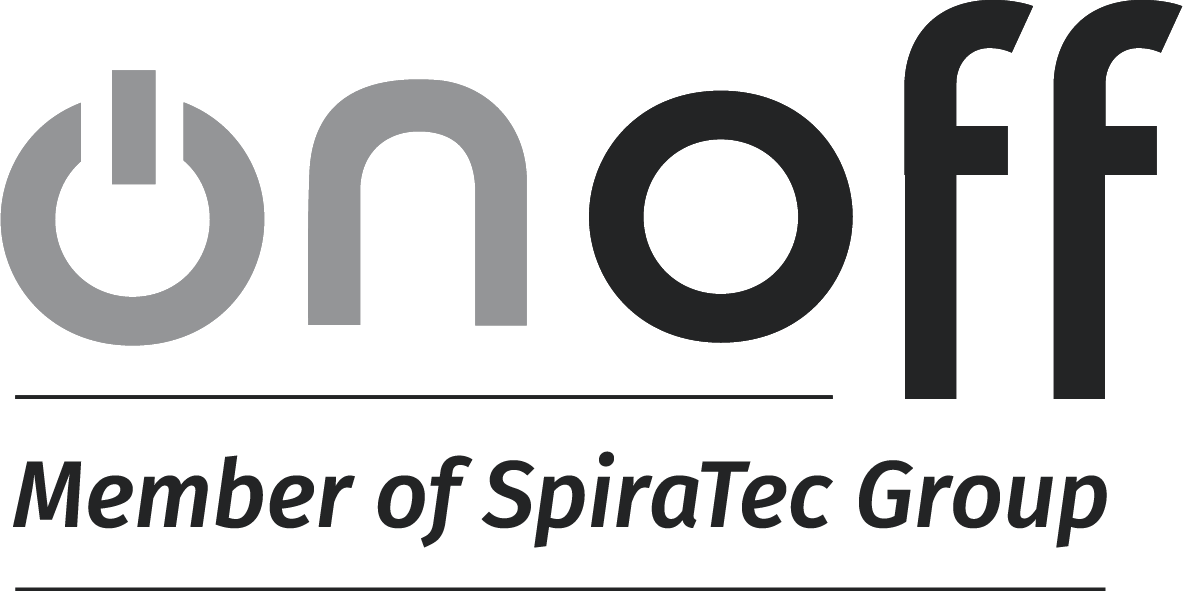References
Sector: Vessel shipping
A secure foundation for climate-friendly powertrains in large ships

The challenge
The shipping industry faces numerous challenges. It is one of the largest global polluters. Since the beginning of 2020, there are new limits on the sulphur content of fuels. A major contribution to the improvement of the global climate is the relinquishment of the use of heavy oils for fuel and the use of low-emission fuels such as liquid gas or hydrogen instead. This applies in particular to voyages near the coast or while ships are docked at ports. Companies that operate and consistently monitor such systems will enjoy a decisive competitive advantage in the future. Various process engineering systems have already been developed and are being used specifically for new ships. The great challenges of the future lie, on the one hand, in standardizing such systems and creating concepts to retrofit or convert ships already in service. On the other hand, ships equipped with such modern propulsion systems must also be supplied with fuel via bunker ships, or on land via LNG terminals. In both cases the gas is refrigerated and stored in vacuum-insulated tanks. Because of the increased hazard potential of the refueling process, more effort must be put into the design, automation and monitoring of the systems. Special measuring and safety installations are also required to ensure operation is free of disruptions and safe.
onoff GmbH was commissioned with planning and implementing the automation of a high-pressure dual-fuel system. This involved complying with a large number of national and international provisions and rules. The acquisition of precise knowledge of these regulations and the development of new technical rules in cooperation with the various classification societies were major challenges, and crucial to the successful implementation of the project. The inclusion of U.S. Coast Guard regulations and building regulations based on UL (Underwriters Laboratories) standards was paramount.
First virtual, then real
“By shifting dangerous processes from humans to technology, we avoid risks and other sources of error.”
Production manager on the customer side
PCS 7 (redundant and fail-safe) with intrinsically safe I/O
Design and cabinet construction according to UL
Verification calculations for SIL and EX protection
FAT with DNV and U.S. Coast Guard on simulated system
Gas trail and launch with the participation of the classes and teams
